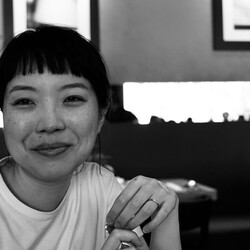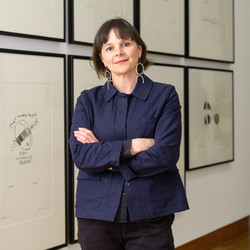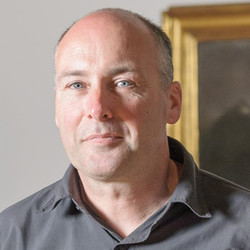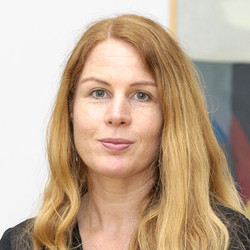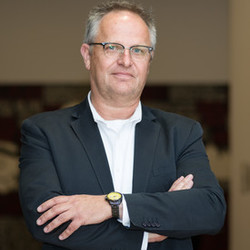Commentary
B.
Bulletin
New Zealand's leading
gallery magazine
Latest Issue
B.21901 Mar 2025
Contributors
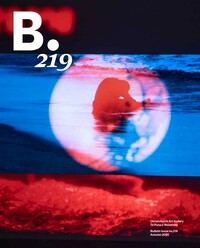
Commentary
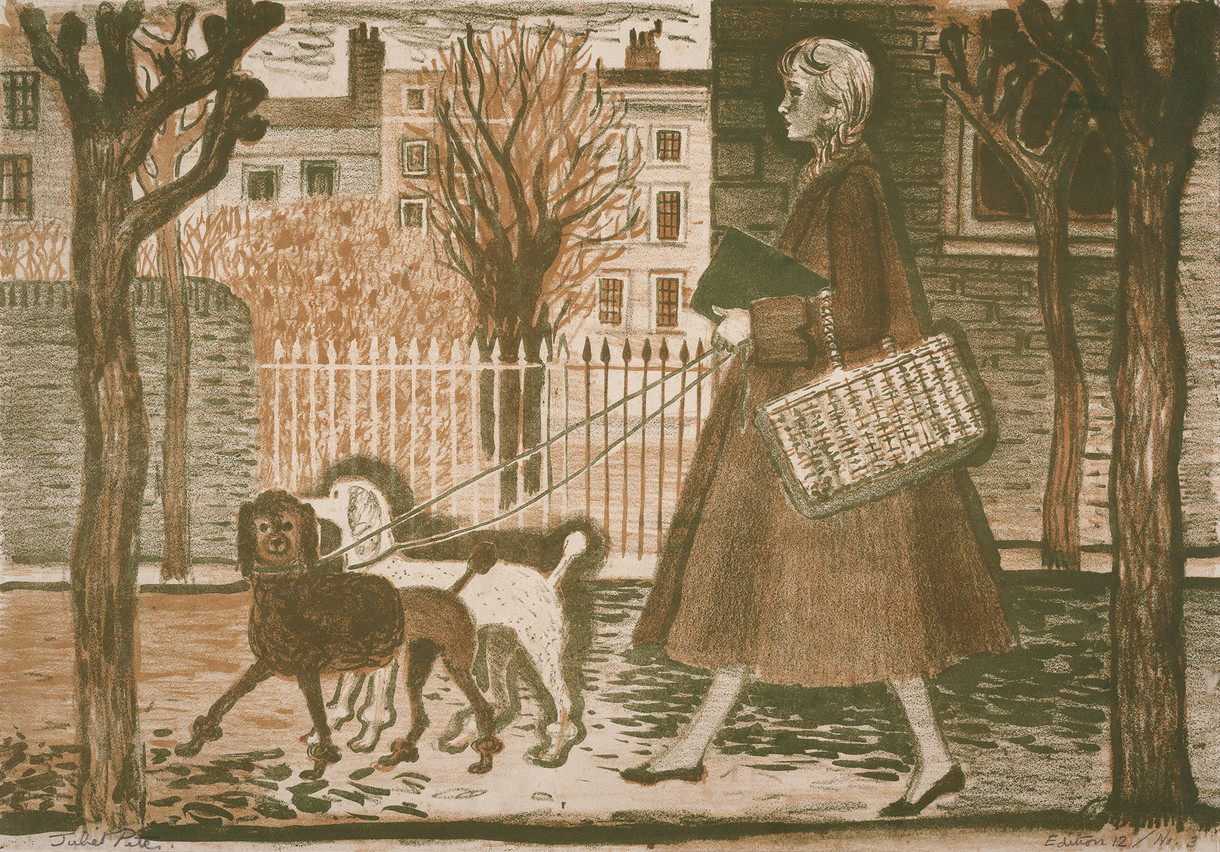
Her Own London
I laughed at your note. Our packing was not done until the last minute of the 11th hour, and when we at last got onto the train we could only think how lovely it was to do nothing and think about nothing. However, by now we realise we are really going to England. After 17 days at sea, out of sight of land, N.Z. seems as if it was in another universe.
Commentary

The Dutch Funeral, Retitled
When you think about it, The Dutch Funeral is a peculiar title for a work painted in the Netherlands, by a Dutch artist. You could imagine such a work being titled The Funeral, or A Funeral; or even more likely, A Funeral at a Specified Place or possibly At a Specified Time. Even Of a Certain Person. But The Dutch Funeral? Most unlikely. It was while we were researching works for the Closer exhibition that its strangeness suddenly became evident to me. I was surprised that I’d never questioned the title before. But then, like many people who grew up in Christchurch, I was used to The Dutch Funeral as a fixture of local culture, a work so large it could never be taken off the wall at the McDougall; a magnificently gloomy painting which van der Velden scholar Rodney Wilson once described as “a sort of Christchurch version of the Night Watch with an immense public following”.
Commentary
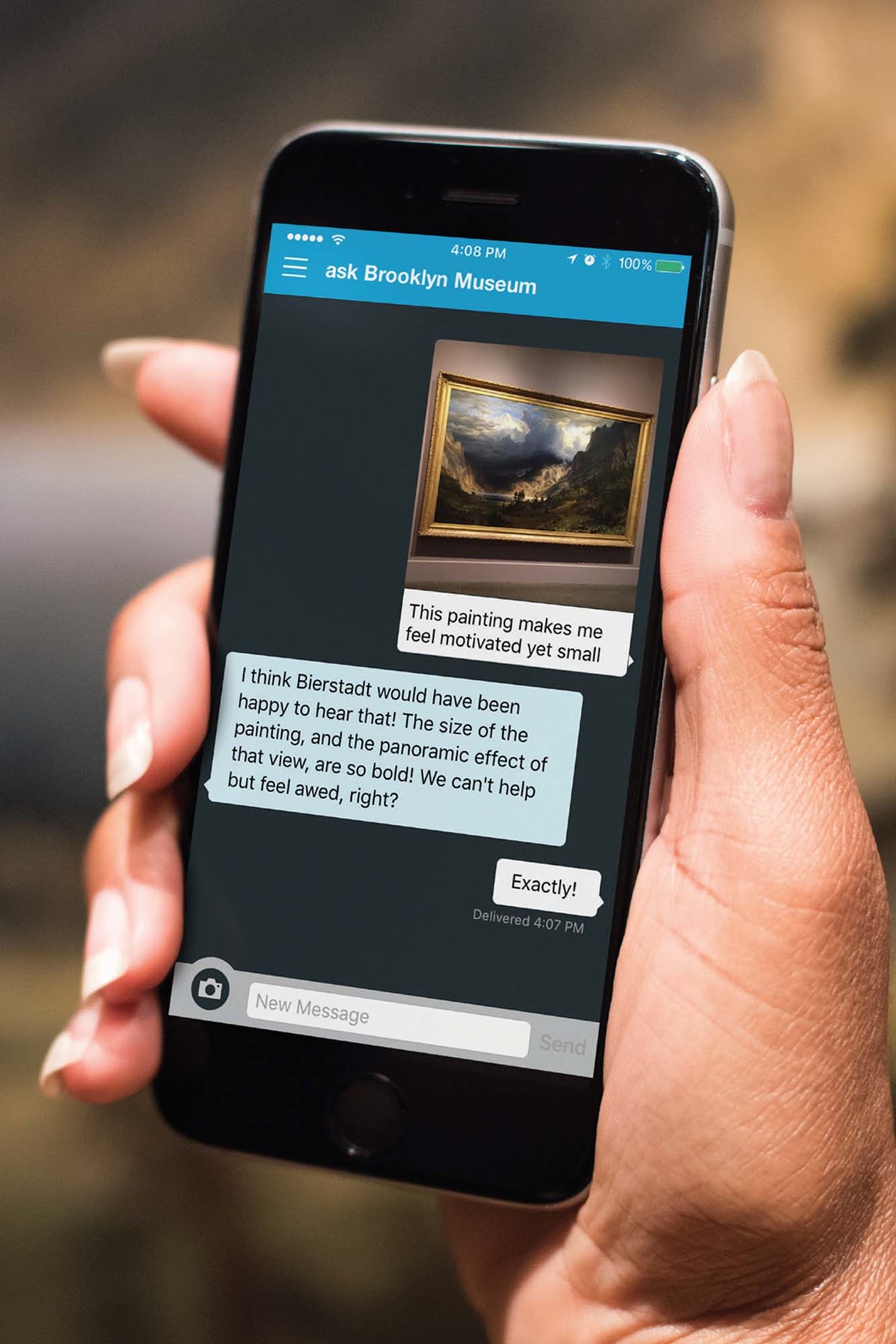
ASK Brooklyn Museum Offers Visitor Experience Insights
What if you could know exactly what your visitors thought about the art on view in your museum? And what if you knew what questions they had about it? What might you do with that information? At the Brooklyn Museum, we do know what (at least some) visitors are thinking and what questions they have. And we aim to use that information to improve our visitor experience. Thanks to our award-winning chat app, ASK Brooklyn Museum, we have collected anonymous data on what our visitors want to know about art, which artworks get the most attention, how much users explore the galleries and more. ASK connects users to a team of art historians and educators who answer their questions in real time during their visit. Since the soft launch of the app in 2015, we have held over 14,000 conversations with users. That’s a lot of data.
Commentary
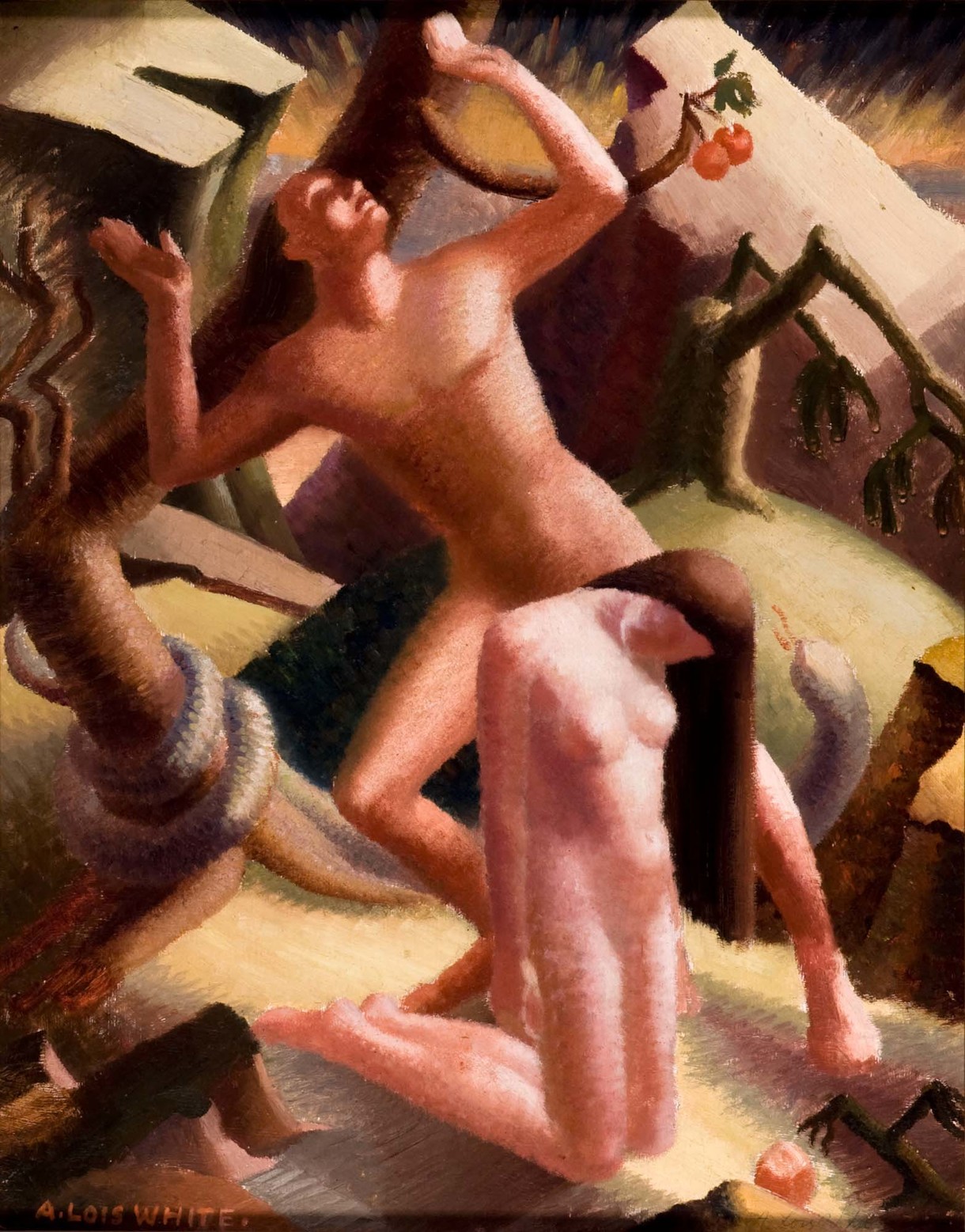
Raising the Stakes
On the opening of the Christchurch Art Gallery Te Puna o Waiwhetū Jenny Harper, then at Victoria University Wellington, wrote that the challenge for the newly opened Gallery was ‘to raise the stakes by acknowledging it is no longer the McDougall but is poised to become the force in the New Zealand art scene that Christchurch deserves.’ When, three years later, she became director of the Gallery, that’s exactly what she set out to achieve on several fronts. One of those was developing the collection.
Commentary
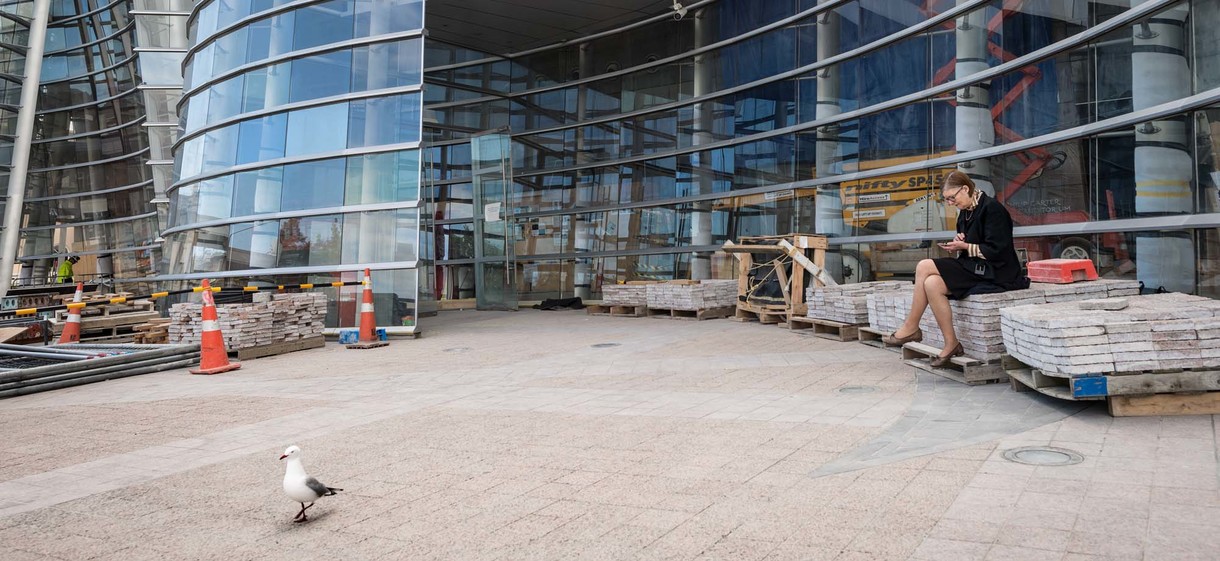
Zero Degrees of Separation
The New Zealand art world is an intimate place but my connection to Jenny Harper runs deeper than the usual bonds of a small community. Admitting this is a necessary disclaimer. I’m not an objective commentator; Jenny is family, literally. And professionally, I owe her plenty. What follows are some personal recollections about the Jenny I know through the associations we share, on the occasion of her imminent departure from the Christchurch Art Gallery, where she has been director since October 2006, making this the longest role in her distinguished career.
Commentary

Shigeyuki Kihara
Behind the work of Auckland-based artist Shigeyuki Kihara lies a vigorous research ethic that falls into complex alignment with her cultural, political and gender identities.
Commentary

Raiding the Minibar
When does history start? What is the time span of the present? When do the margins of the contemporary begin to dissolve into the past? Our collection-based exhibition, Your Hotel Brain, looks at a group of New Zealand artists who came to prominence in the 1990s. Collectively their work explores ideas that have been critical to art-making in Aotearoa New Zealand over the past twenty years. Identity politics, unreliable autobiographies and references to a broad spectrum of visual culture – including Black Sabbath’s music, prison tattoos, automotive burn-outs and our no-smoking legislation – traverse the contested ground of recent New Zealand art, linking the just-past with the emerging present. A selection of works from the exhibition are reproduced here.
Commentary

Henri Matisse's Jazz
Henri Matisse’s Jazz is a book that has captivated art lovers and bibliophiles around the world. But it is unlike any other artist’s book that Matisse produced. Designed as an album of colourful prints using his emerging découpage cut-out technique, he fashioned his images on the colour and movement of the circus and created them long before he authored the accompanying text. Abandoning the printed font, he wrote out every word of his typescript by hand. Created during World War 2, Jazz had a phenomenal impact when Greek born publisher Stratis Eleftheriades, professionally known as Tériade, launched it in 1947. When analysed through the prism of his artist’s books he produced during the war, Matisse emerges as a silent activist against the German Occupation of France.
Commentary
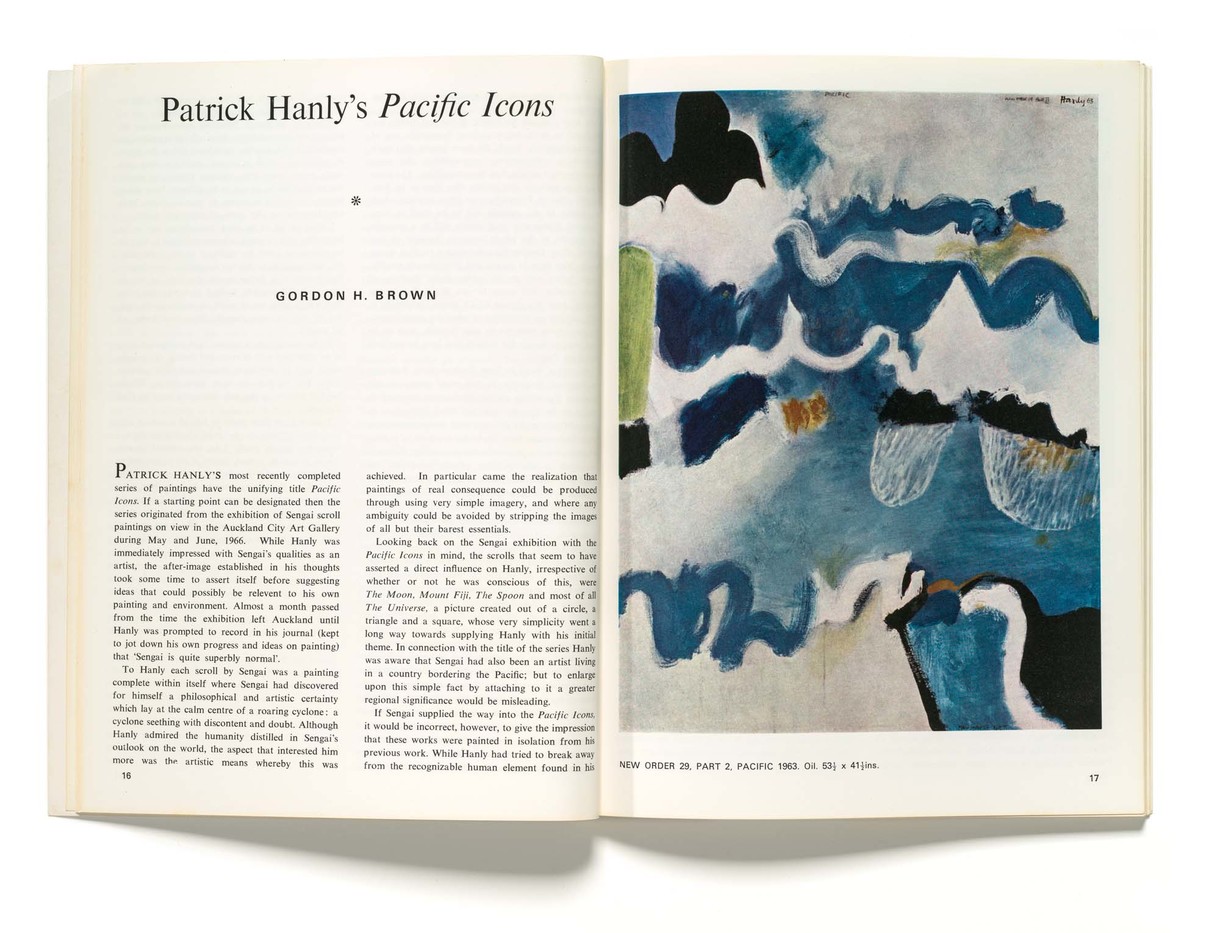
Barbara Brooke: The Woman Behind Ascent
The 1960s brought television, youth culture, jet aircraft and The Beatles to New Zealand. It also saw the emergence of the professional contemporary artist. Dealer galleries were on the rise across the country, devoted to the promotion and sale of contemporary artists’ work, particularly through solo shows, and with them came the possibility of an acknowledged career with the objective of full-time practice. Artists were producing work with a general sense of confidence and this lively art community needed to be documented.
Commentary
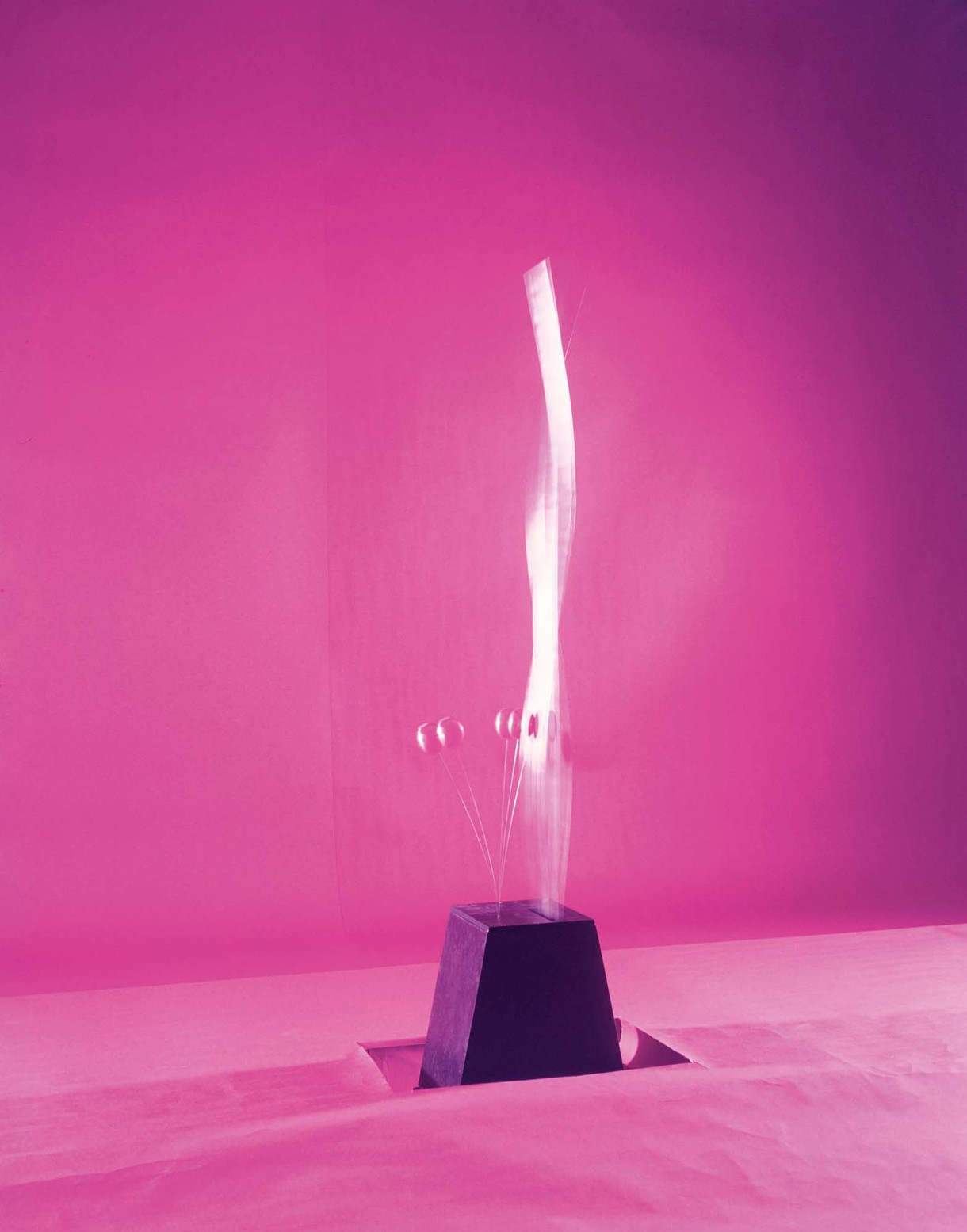
Len Lye Works
The glancing body of a hooked swordfish; the shivering skin of a panicky horse; a shiny tin kicked in rage by a young boy outside the Cape Campbell lighthouse. This triptych of memories was the inspiration for avant-garde New Zealand sculptor, painter and film-maker Len Lye’s Blade (1972–4) – a vertical band of steel that curves, flexes, arches then hammers frenetically against a cork ball in a fury of light, sound and movement.

